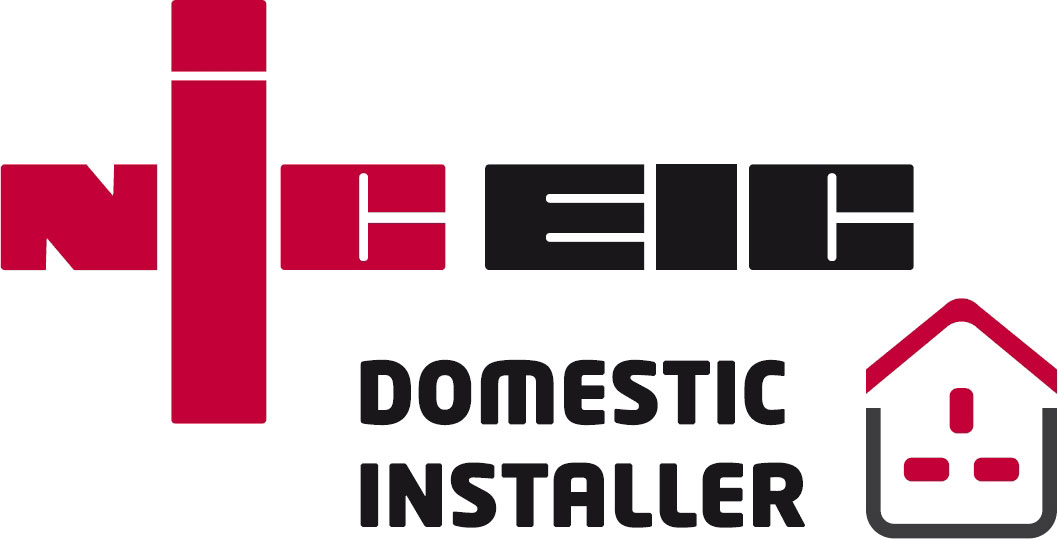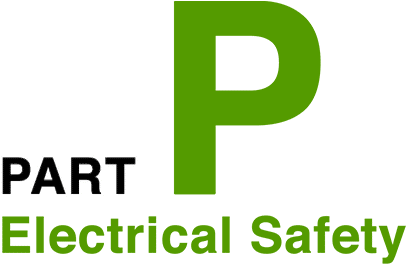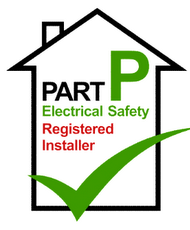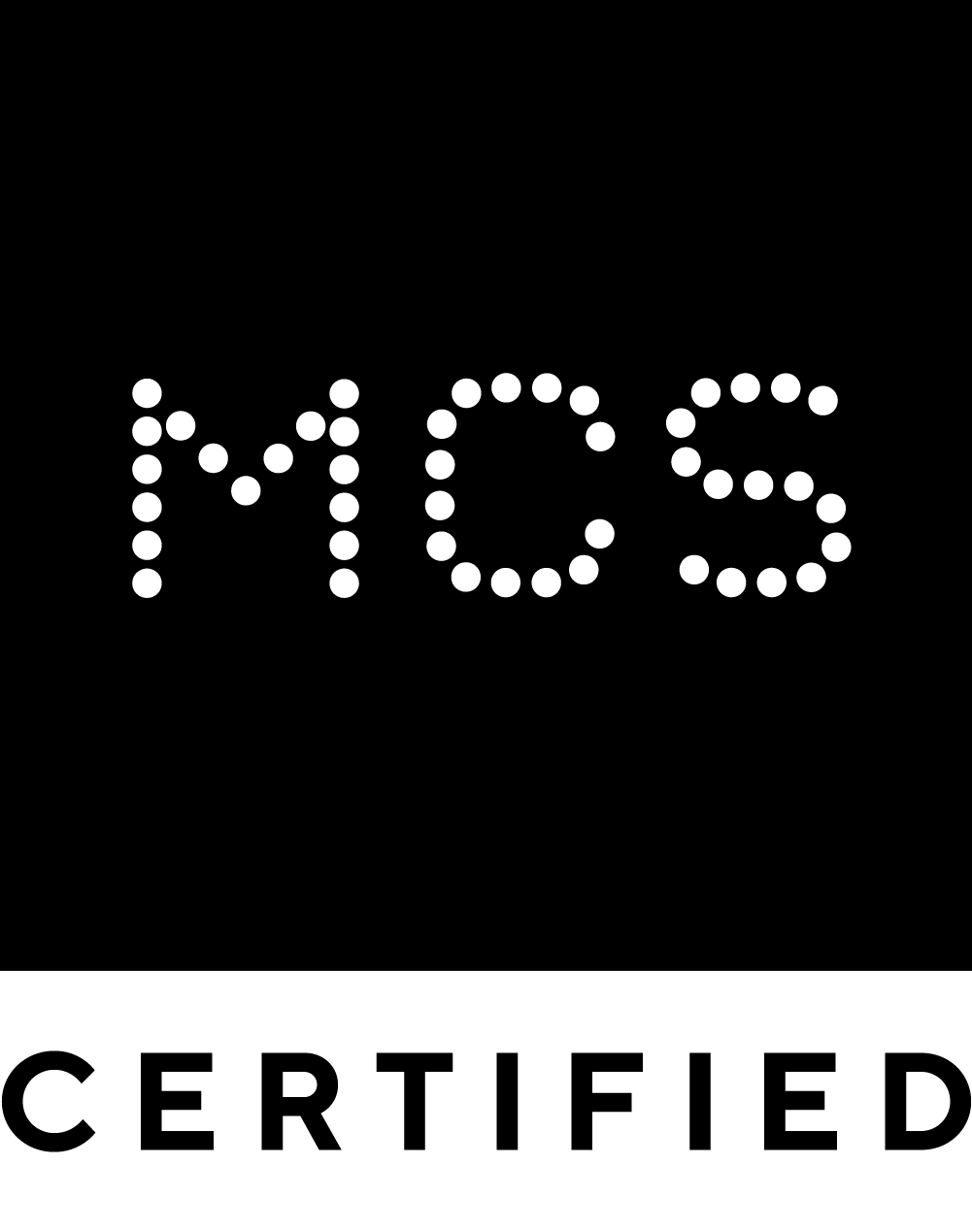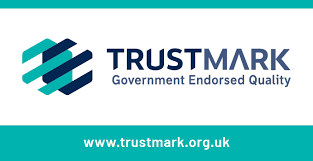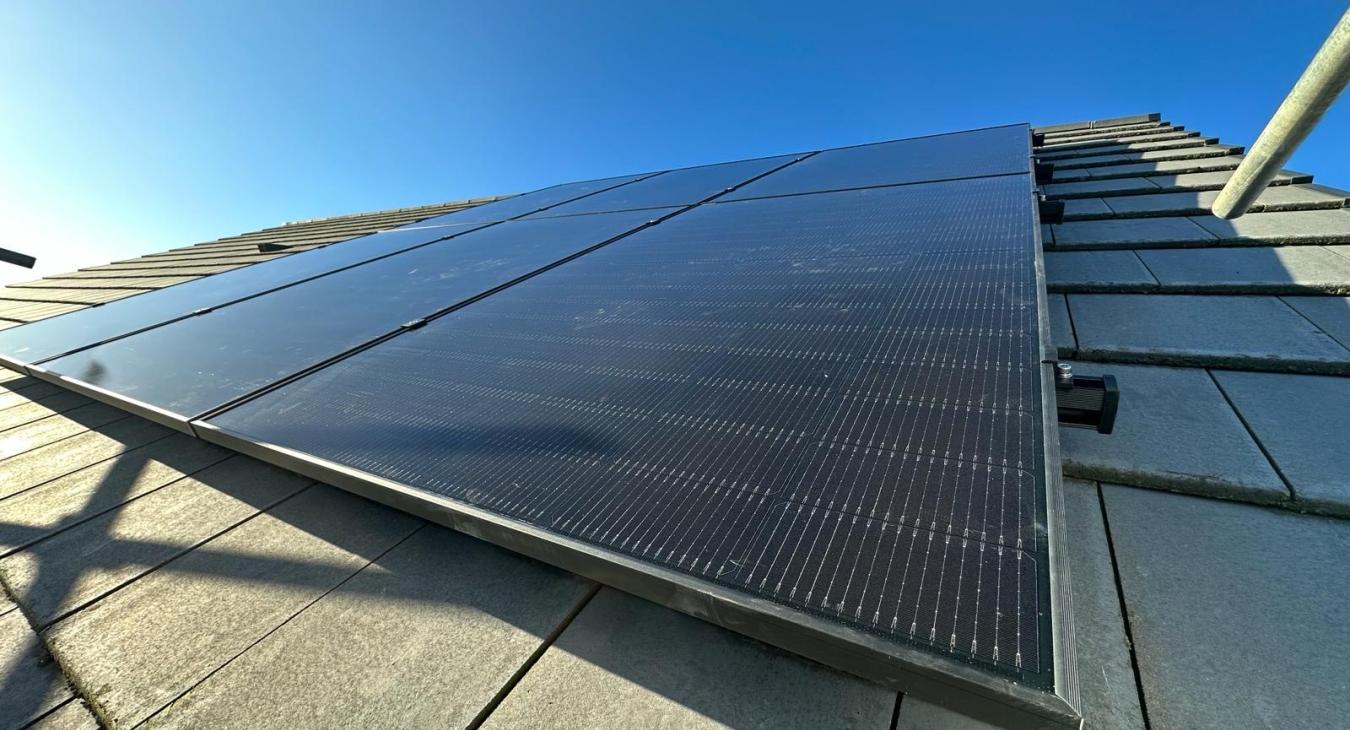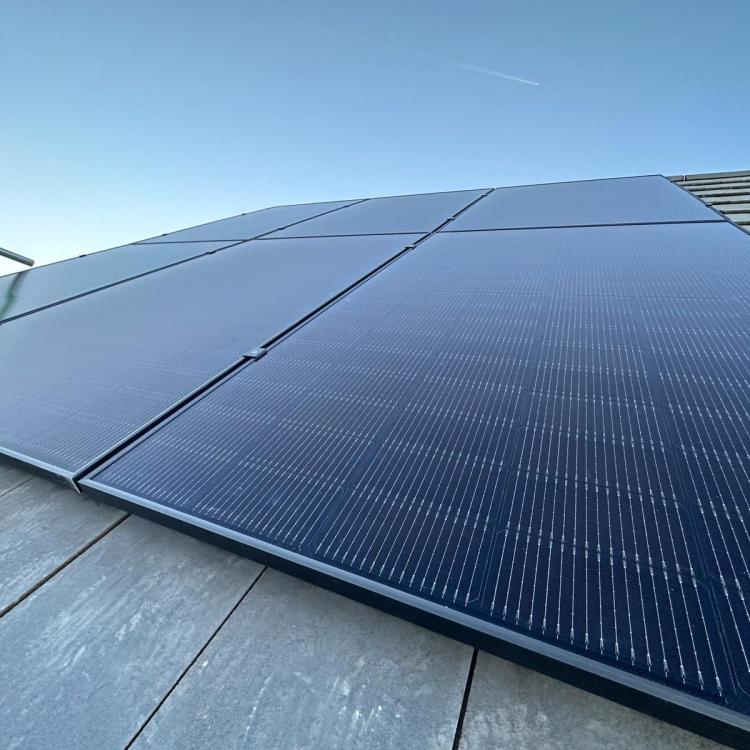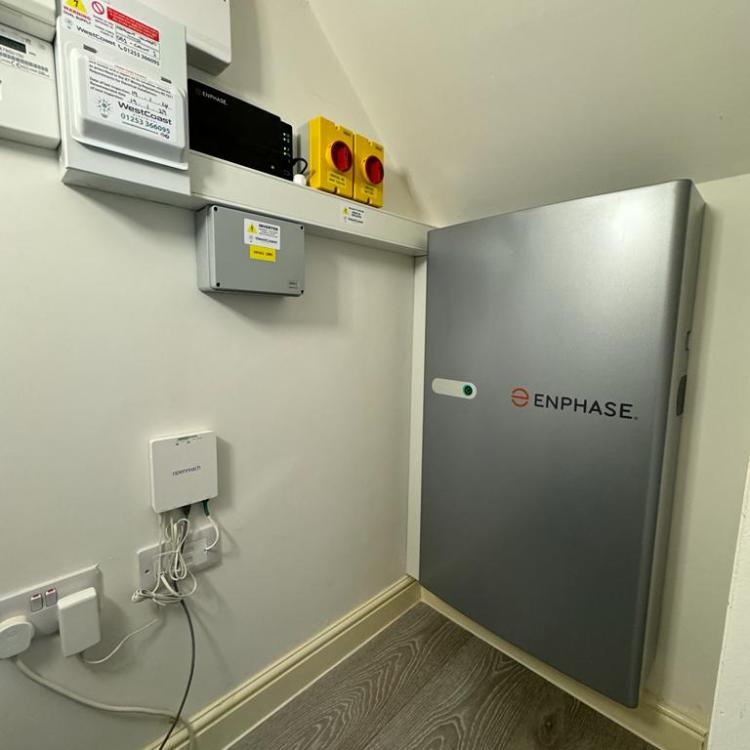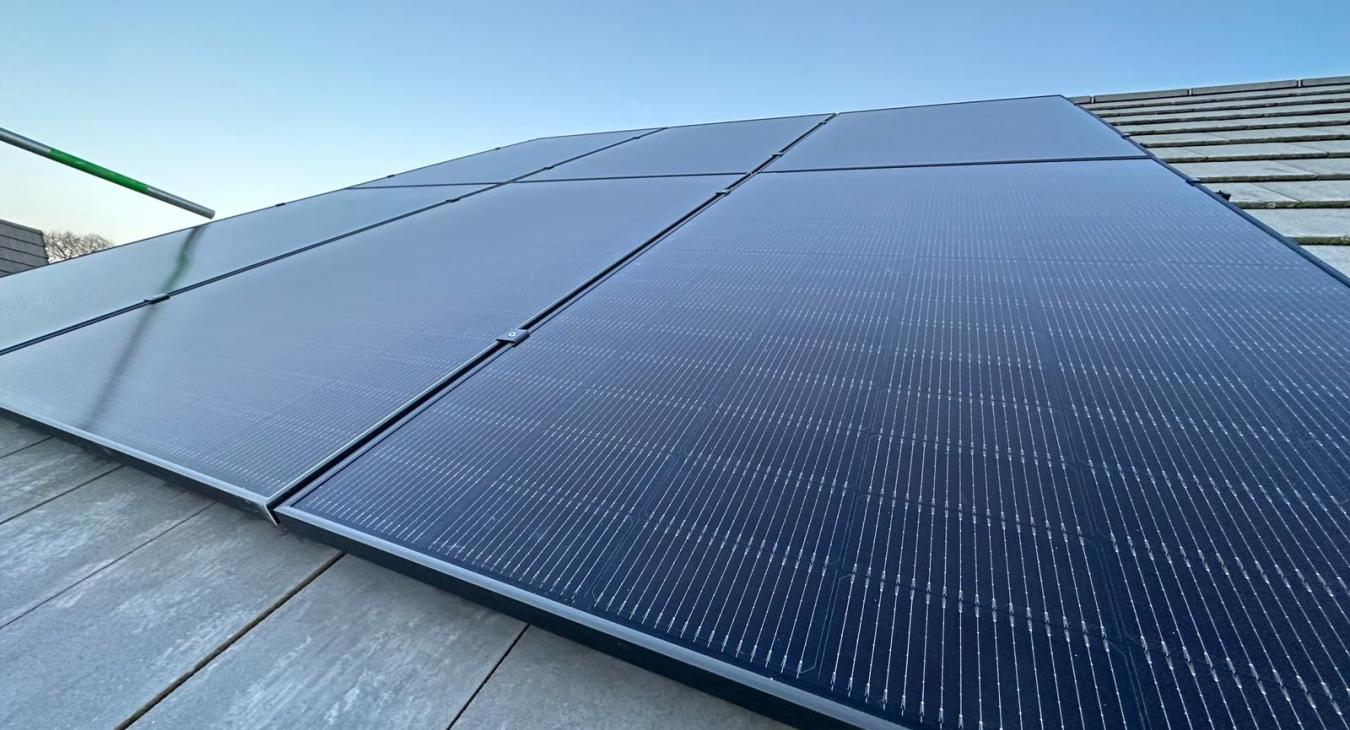Solar PV Frequently Asked Questions
What is an inverter?
An inverter is essential in converting solar panel generated direct current (DC) electricity into alternating current (AC) electricity for home or business use. There are two main types: microinverters, installed on individual panels for optimised energy production and easier monitoring and single inverters (string inverters), which handle DC-AC conversion for multiple panels connected in series.
Do I need planning permission to install solar panels?
In most cases, planning permission isn't required for solar panel installations as they are considered "Permitted Developments" (PD). However, certain conditions must be met, such as not exceeding the highest point of the property, minimal visual impact and not protruding more than 200mm from the roof surface. Exceptions include listed buildings or properties within conservation areas where planning permission may be necessary.
How long does it take to install solar on my home?
The duration of a solar installation varies depending on factors such as roof conditions and job size. Typically, for a standard house without battery storage, installation takes approximately one day. With battery storage included it may take around two to three days. During our site survey, we'll discuss the specific timeframe and any additional information required. Additionally, we'll factor in the setup of scaffolding, which may influence the overall duration of the installation process.
How do solar panels work?
Solar panels work by converting daylight into electricity through the photovoltaic effect. When daylight hits the solar panels, the semiconductor material (usually silicon) absorbs photons. This process creates an electric current within the panel, which is then converted into usable electricity by an inverter and can power electrical appliances and devices.
What factors should I consider before installing solar panels?
Before installing solar panels, consider factors such as the available sunlight exposure, roof orientation, shading from nearby structures or trees, roof condition, and local regulations or incentives. Additionally, assess your energy consumption patterns and budget to determine the size and type of solar panel system that best suits your needs. Consulting with a reputable solar installer can help you make informed decisions and is always something we discuss with our customers.
Battery Storage Frequently Asked Questions
Do you pay VAT on batteries in the UK?
No, as of February 2024 VAT on battery storage is 0% until 31st March 2027.
Is it worth getting a battery with solar panels?
Absolutely! Having battery storage installed alongside solar panels allows you to maximise your generated energy. Solar batteries store surplus solar energy for later use, ensuring that the majority of your generated power is used within your home, reducing reliance on the grid and lowering energy bills.
What warranty will I get with my battery?
The warranty you receive with your battery can vary depending on the manufacturer and the specific model installed. At West Coast Electrical, we offer a range of batteries from different manufacturers, each with its own warranty terms. Alpha's battery warranty typically starts at 5 years, Tesla offers a 10 year warranty and Enphase has an impressive 15 year warranty, offering long term peace of mind for your investment.
Do I need to have solar panels for battery storage?
No, you do not need to have solar panels to install a battery. ESS (Energy Storage System) can be installed independently. One significant benefit to battery storage is the ability to take advantage of cheaper night tariffs offered by energy providers, such as Octopus Energy's renewable tariffs. With a battery, you can store energy during off peak hours and utilise it during peak hours when tariffs are higher.
How does battery storage work with solar panels?
Battery storage stores excess energy generated by solar panels during the day for use during periods of low sunlight or high energy demand. They work by storing DC electricity in the battery and converting it to AC electricity when needed for use in the home.
EV Frequently Asked Questions
Can I charge my EV in the rain?
Yes, it is safe to use your EV charger in the rain. Most EV chargers are designed to withstand various weather conditions, including rain. They are built with weatherproofing features and meet safety standards to ensure reliable and secure charging operations even in wet conditions.
Do home EV chargers need WiFi?
Yes, according to government regulations from June 2022, all home EV chargers are required to have a data or Wi-Fi connection, making them "smart." This means that they can communicate with energy providers. With Wi-Fi connectivity, the charger can easily connect to your home network, allowing seamless integration with smart home systems and remote control via mobile apps.
What is the best home EV charger?
The best home EV charger can vary depending on individual needs and requirements. Factors such as cost, type of EV charger required, warranty coverage and specific features desired all play a role in determining the most suitable option. We work with a variety of EV charger brands such as Zappi, Wallbox, Hypervolt and Easee.
